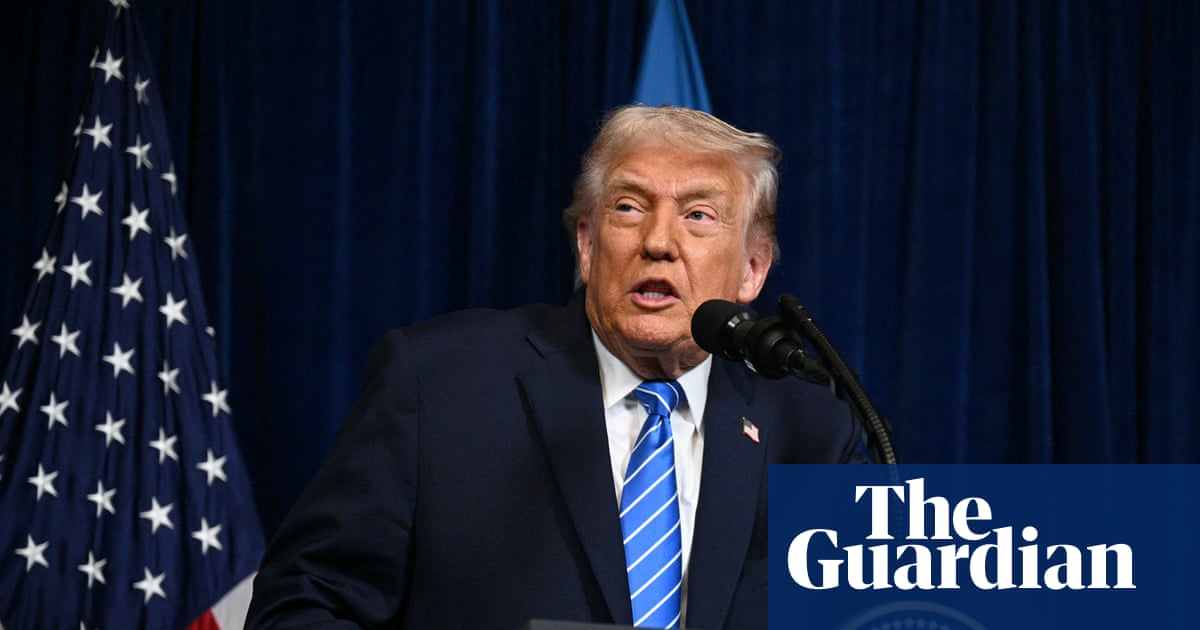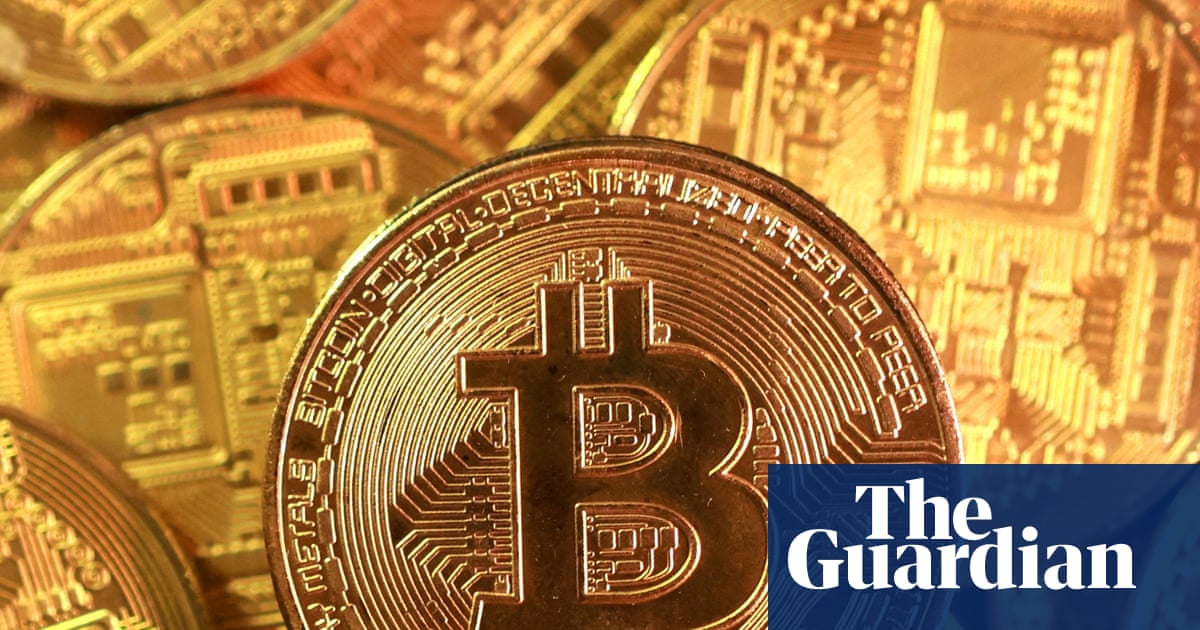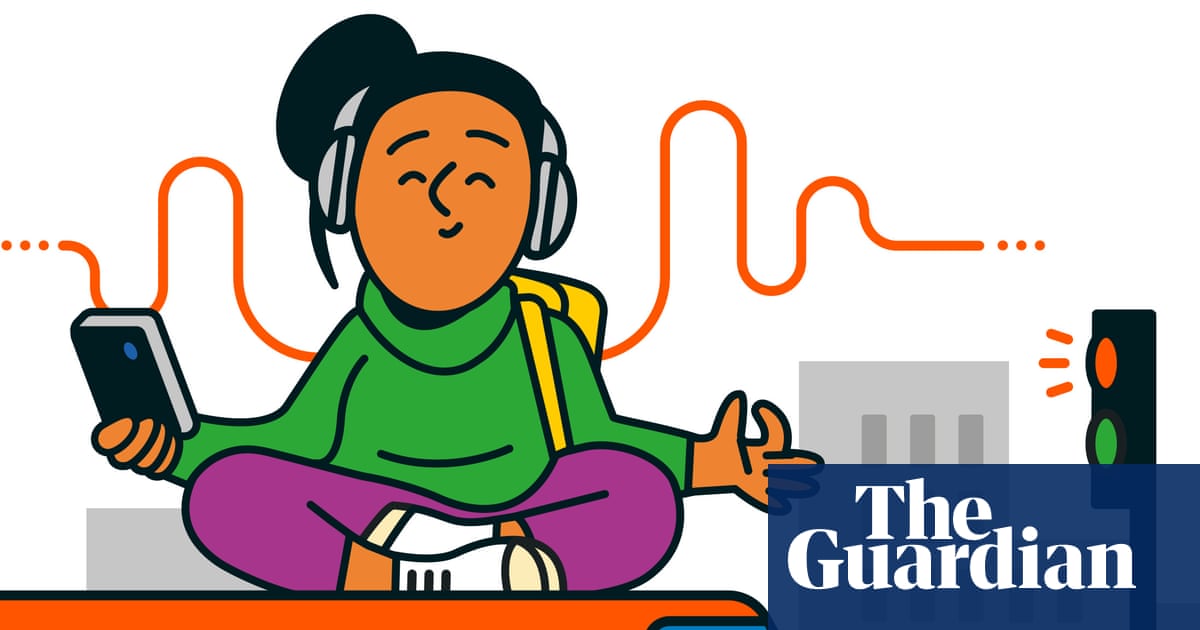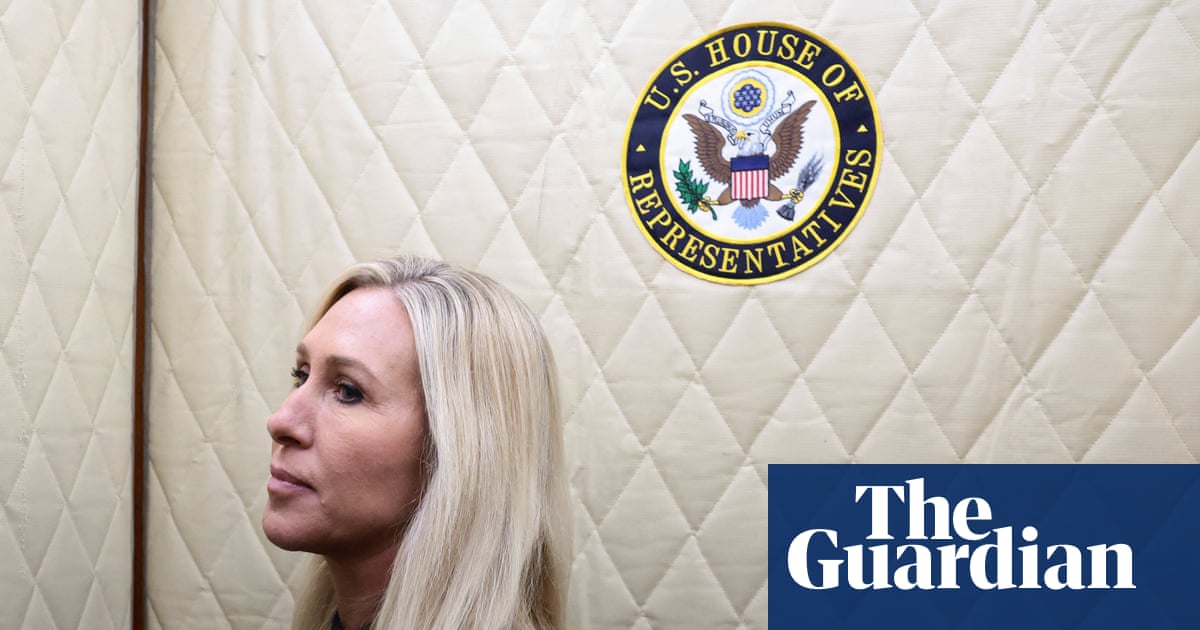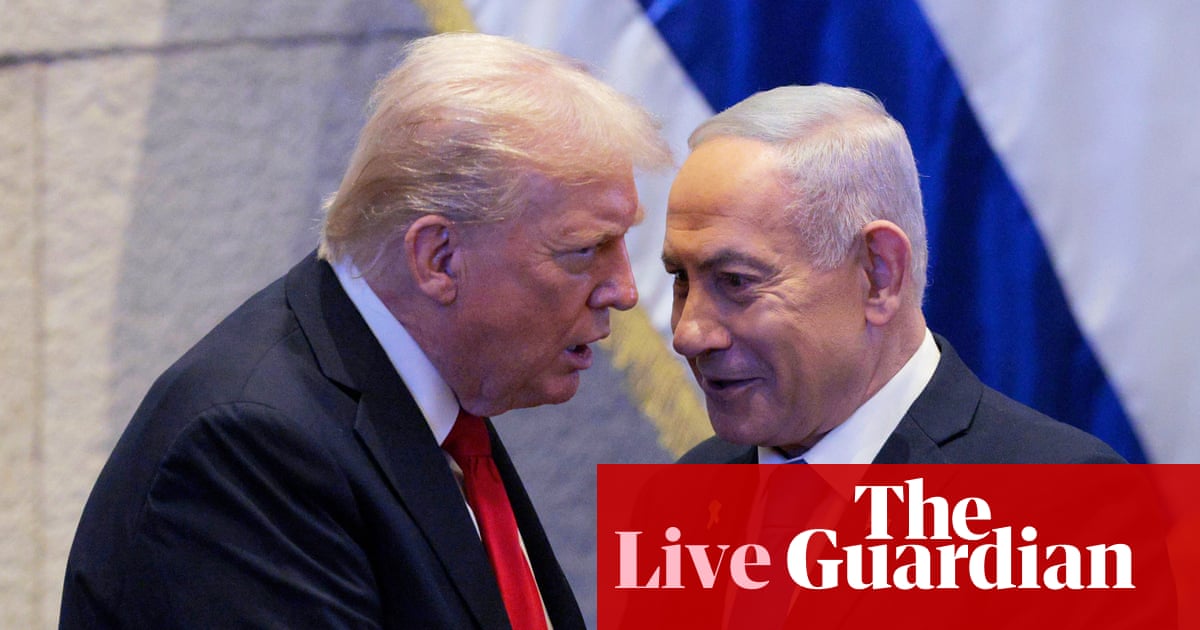The time has come to ban the “revolving door” between the White House and the Federal Reserve, two academics argued last year. Doing so would be “critical to reducing the incentives for officials to act in the short-term political interests of the president”, they wrote.
Eight months ago, the two writers – Dan Katz and Stephen Miran – joined the Trump administration in senior roles. On Tuesday, Miran, the chair of the US Council of Economic Advisers, walked into the Fed as a governor.
Strolling through the revolving door himself, Miran pledged during his confirmation hearing to preserve the Fed’s independence, but made clear he would not resign from the White House, just take unpaid leave.
Having expressed concern last year about the Fed’s vulnerability to the short-term political interests of the president, Miran was rushed into his new seat on the central bank’s board of governors hours before its latest meeting – as Donald Trump continued to push to have another voting member removed.
The president, at least, is clearer about aspirations for the Fed. “We’ll have a majority very shortly,” Trump said of the central bank’s rate-setting open market committee last month. “So that’ll be great.”
As his efforts to exert greater influence and fire Lisa Cook, a governor appointed by Joe Biden, fuel concern over the Fed’s ability to operate without political interference, Trump was asked by reporters on Tuesday if he thought the central bank was independent. “Oh, it should be,” he replied. “But I think they should listen to smart people, like me.”
For a generation, presidents – no matter how smart they may be – have broadly steered clear of publicly expressing opinions for the Fed to listen to. Trump has bulldozed through this norm, calling for drastic rate cuts and attacking Fed chair Jerome Powell for not delivering them.
On Wednesday, the Fed finally nudged rates in the direction Trump has been demanding, albeit not at nearly the pace he wants. The benchmark federal funds rate was cut by 25 basis points to a range of between 4 and 4.25%, their lowest level in almost three years, and policymakers indicated more reductions would follow.
There was only one dissent: Miran wanted to cut by 50 basis points.
If Miran is truly independent from the White House, his first vote on interest rates as Fed governor fell somewhat conveniently in line with the president’s demands for faster, and deeper, cuts than his new colleagues have been minded to execute.
Other rate-setting officials have been far more concerned about striking a delicate balance. Of course, they want to shore up the economy – and cutting rates typically spurs activity – but they are also wary of inflation, which has held firm in recent months.
The economic impact of Trump’s sweeping tariffs on foreign imports is one thing. But the uncertainty caused by months of erratic threats, declarations, pauses and vague trade pacts with certain economies has so far cast the darker shadow.
“Changes to government policies continue to evolve, and their effects on the economy remain uncertain,” Powell, ever the diplomat, put it in a press conference on Wednesday. Risks around inflation are “tilted to the upside”, he added, with risks to the labor market to the downside.
Official data for August indicated that price growth is again picking up, and Fed officials have increased their expectations for inflation next year, according to projections released alongside their latest decision.
But Trump, and, apparently, Miran, believe concern over higher inflation, and the risk of overheating the US economy by cutting rates too fast, is unfounded.
after newsletter promotion
The US president, impatient for the Fed to come around to his way of thinking, is trying to change who sits around the table.
Miran has secured a seat – at least until the new year. The campaign to remove Cook continues. And Powell’s term as chair will expire next year, enabling Trump to select a new figure to lead the Fed.
For now, Trump’s control over the central bank remains limited. Sure, Miran might have voted for a deeper cut, but at this week’s meeting there “wasn’t widespread support at all” for this move, Powell stressed afterwards.
The Fed chair expressed confidence that discussions on rates remain unaffected by politics. Such considerations are typically left at the door, he noted, as 12 voting policymakers – out of a pool of 19 – gather at a table to make the decision.
“The only way for any voter to really move things around is to be incredibly persuasive,” said Powell. “And the only way to do that, in the context in which we work, is to make really strong arguments based on the data, and one’s understanding of the economy. That’s really all that matters.”
“That’s in the DNA of the institution,” he added. “That’s not going to change.”
Time will tell. “We’re strongly committed to maintaining our independence,” Powell told reporters. “And beyond that, I really don’t have anything to share.”
That strong commitment faces an extraordinary test. “They have to make their own choice,” Trump said of the Fed earlier this week. “But they should listen.”

 3 months ago
49
3 months ago
49









